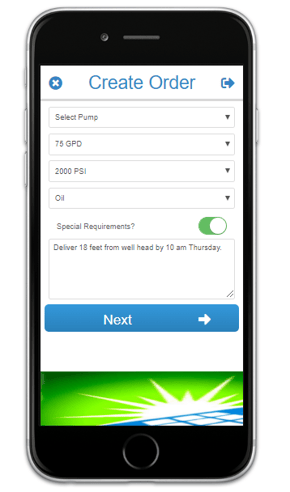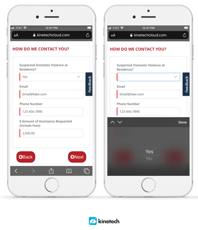Paper is an outdated channel for businesses in the oil and gas industry. Paper processes cannot compete with digital applications for creating, sharing, and storing equipment and billing data and is one of the many reasons why more companies each year are making the switch to custom software applications.
When factoring in the real and hidden costs, we estimate paper-processes cost O&G service companies $100k or more / year.
When factoring in the real and hidden costs, we estimate paper-processes cost O&G service companies $100k or more / year. These costs include:
- Human Error - Consider the case of a services provider, who in the flurry of a location move, provided a brand new trailer to their client, only to forget billing of the asset for over six months. This error alone cost north of $10,000.
- Transportation / Paper-Chase - To get billing information, employees must document, keep track of, and deliver the right information to the back office. Multiplied across an organization of 50-100 professionals and you have a significant cost in terms of employee time, fuel, and re-keying data that was already captured on the job.
- Compliance - Making sure your fieldworkers follow all the guidelines is incredibly difficult when done via paper. When a safety policy is a written document, it’s easy to be forgotten and ignored.
- Storage / Physical Cost - Storing paper records goes beyond the physical space it takes up. Problems arise when you want to access any of the stored information – whether to deal with a customer complaint or to confirm safety compliance. Regardless of how well documents are categorized, finding information is a painstaking process. There’s also the salary of the personnel who must process this paperwork, someone whose job exists solely to process and re-key information into another system, driving up your business costs.
Improvements in hydraulic fracturing over the past decade have created a sustained need for quality oilfield services companies. Because the market has seen highs and lows in the past 10 years, the need for stability and sustainable operational strategies is greater than ever. Doing so will allow services companies to capitalize in a measured and profitable way.
Is your company ready to handle the activity increase across the North American shale plays?
Wood Mackenzie, an energy research and consulting firm, published that upstream activity has picked up over the past two years, with crude oil rising from ~$50/bbl to ~&70/bbl. Leadership must embrace long-term thinking to profitably support this growth.
This includes investing in technology to allow real-time access to data for informed decision-making. With purpose built productivity apps built for smartphones, executives can receive, monitor, and process information from the field in an easy-to-consume format. Companies can automate and streamline the billing reconciliation process to improve cash flow and enhance customer experience.
Consider the example application below:
- Field employees / account representatives work with company men to understand equipment needs,
- They then place orders from their mobile device.
- Executives can view daily revenue from desktop dashboard
- Application aggregates equipment per jobsite and jobs per customer to streamline billing


Example application that helps capture orders / rental purchases in the field, assigns to a jobsite, and captures AFE / PO.
The sales team and back office are now free to pursue more business and collect late payments rather than focusing on monotonous tasks.
Do More with Less
Operating costs have consistently escalated over the past 10 years, and volatile market conditions demand operational efficiency. Now is the time for innovation and cloud technology in the oilfield. Transforming paper-based applications into a digital format can eliminate paper-waste, provide a smoother customer experience, and eliminate the possibility of human error in work processes. Cloud technology allows companies to capture significant cost-savings and service their clients’ needs faster and cheaper, while evolving with changing needs.
Digital services, or the “digital oilfield”, can drive significant cost-savings for oil field services companies by digitizing current paper-based processes, improving internal operations, capturing greater services revenue, and extending access of available services to clients when it’s convenient for them. In the past, this type of personalized experience would cost field services companies hundreds of thousands of dollars, but the cost of software has dropped 67% since 1997. Service-based contracts allow for maximized billing and digital communication, among other benefits specific to oilfield services.
Contact Kinetech today for a risk free conversation or demonstration.



